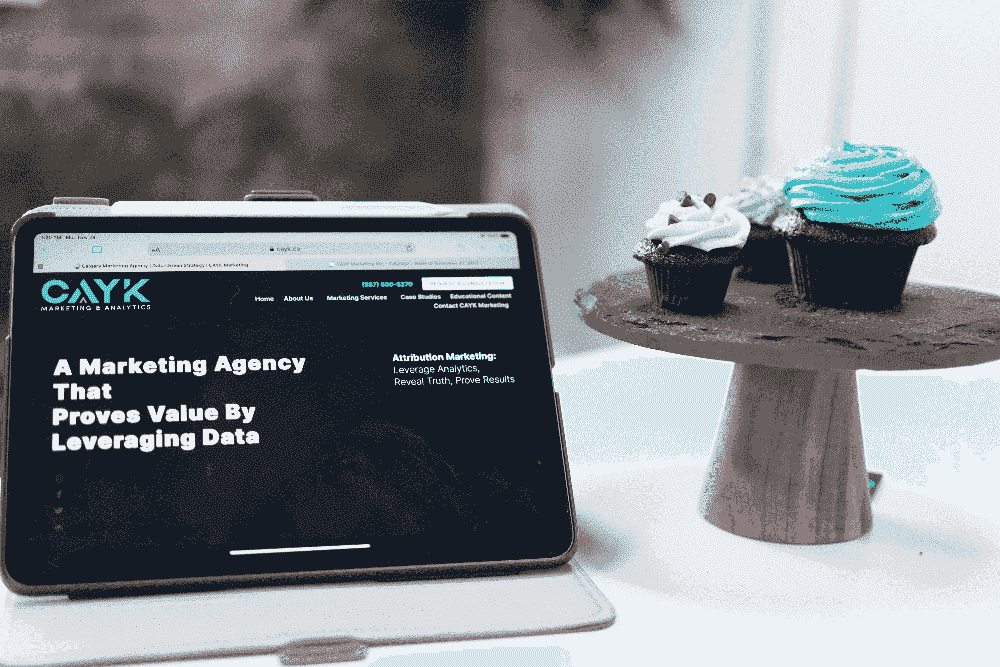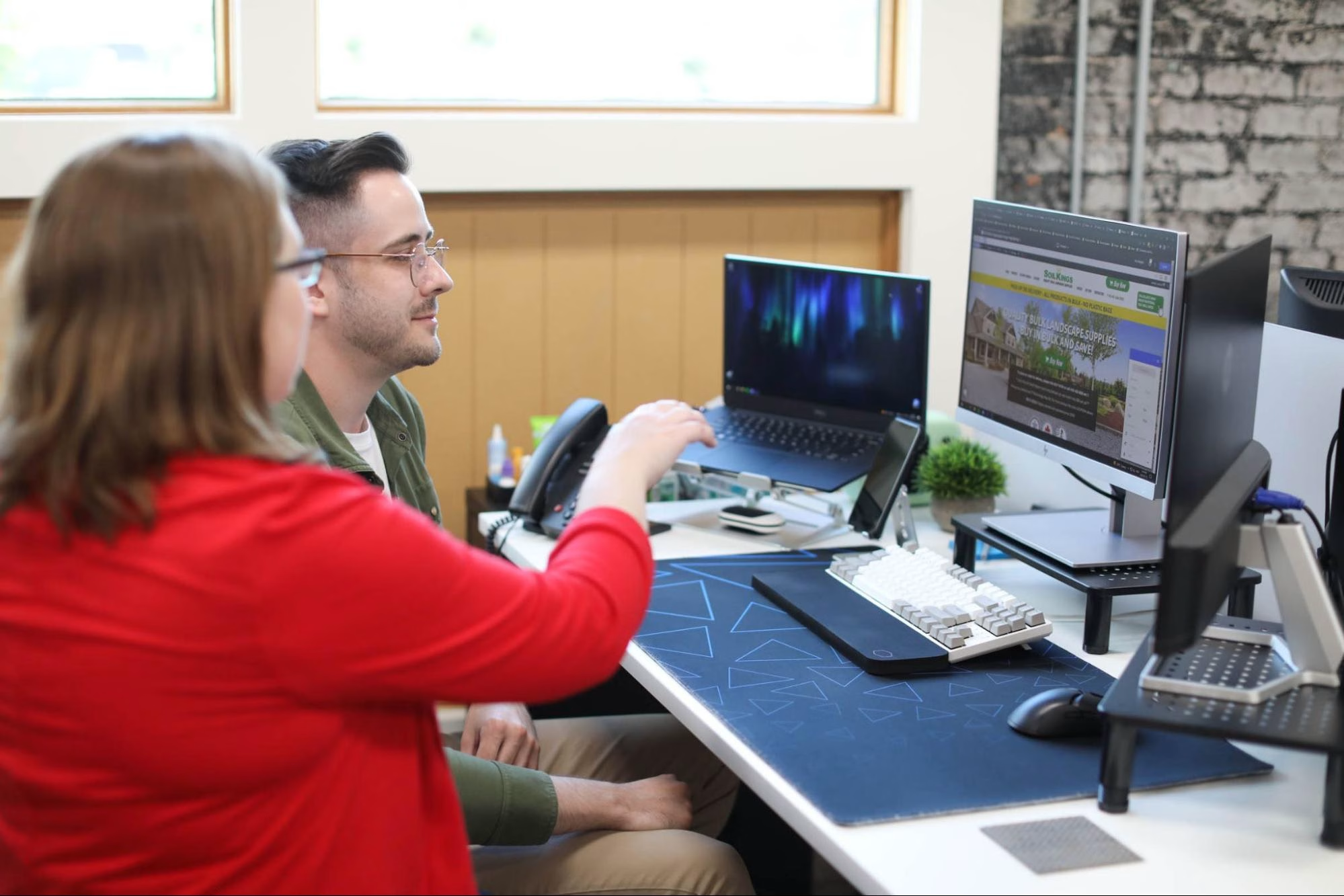To build your business, you need to gain insights about your customers, improve your website’s usability and understand buying trends. These are complex tasks as each visitor has a unique reason for visiting and an individual route taken during the exploration of your pages. So how can you acquire the necessary information about your users? The answer, build a customer journey map.
What is a customer journey?
A customer journey is a set of interactions that a user has with a brand when buying a service and/or product. It includes both direct interactions (contacting a customer service team, making an online purchase, reading a blog post) and indirect interactions (hearing about a brand at an event and/or through social media). From brand discovery, to research, to purchasing to retention and advocacy, the customer journey encompasses every interaction with and feeling toward the brand. This trek may take only minutes, last months or even a year. A customer journey has the potential to inform business strategy and provide insights regarding customers through their buying process. It helps a company measure and evaluate how well they take care of customers so they might enhance the customer’s experience with their brand. Paying attention to customers’ journeys puts your buyer at the heart of your business ensuring they come back again and again.
Why is a positive customer journey so important?
Providing a positive customer journey is good for your business! Customers are likely to spend 140% more after a positive experience with a brand than customers who report negative experiences. Companies that provide an emotional connection with customers outperform the sales growth of their competitors by 85%. 87% of customers who say they had a great experience will make another purchase from the company, compared to 18% of customers who had a very poor experience. Offering a high-quality customer experience can lower the cost of serving customers by up to 33%.
What is a customer journey map?
A customer journey map (CJM) tells the story of a customer’s experiences with your brand, across every touchpoint, and is an integral part of a customer loyalty and retention strategy. This map is a tool that provides an in-depth understanding of potential/engaged customers enabling you to deliver targeted communications based on buyer behaviours and preferences. It allows a company to convert more leads and increase overall customer satisfaction. A customer journey map is generally composed of the following steps:
- Awareness: In this stage, a potential customer searches for information/solutions and encounters multiple brands. Your company’s job is to disseminate information about your products/services to this target audience through blog posts, news articles, forums, videos, etc. Your task is to provide the solution/information being sought, bringing valuable, high-quality material to the consumer.
- Consideration: At this point in the journey, the consumer researches specific brands, comparing competitors and evaluating priorities. They look closely at specifications and features, examine support policies and read reviews. The job of your company is to convince potential buyers to include you on the list of options. Continuously optimize the experience across all your touchpoints, including e-commerce transaction and description pages. Ensure descriptions and processes are clear and that all buttons work correctly. Provide high-quality information and answer all questions.
- Conversion: At this phase of the journey, consumers consider factors such as price, value, customer service responsiveness, company values and policies as they decide from which brand they will purchase. Sell your product as the best fit to solve a visitor’s problem. Use a dedicated call-to-action to encourage customers to make a purchase, subscribe to a mailing list, or sign up for services. Make your brand’s values and policies accessible. This is your opportunity to convert a lead into a sale.
- Retention: If you reach this stage of a user’s journey, you have acquired a new customer. The consumer has made a purchase from your brand. Your job is to keep this customer happy so that they’ll not only return to you for their next purchase but will also advocate your product/service to others. Ensure your return and refund policies are easy to find and train your customer support team to answer key questions. Provide “how to” blogs/videos for your product/service.
- Advocacy: At this stage, your new customer is using your product/service. Enthusiastic customers are more likely to recommend your brand/products to friends and/or family so keep buyers happy with innovation and excellent customer service. Encourage customers to share reviews. A customer experience survey is an excellent way to let users know you care about their feedback. Supply blog content with tips to enrich their product experience, a newsletter with updates, promotions and occasional opportunities to provide further feedback. Try starting a loyalty program for referrals and future transactions.
How do you create a customer journey map?
- Decide on your objectives: Start with clear objectives. What do you want to achieve and why? Which customer journeys do you want to map? What will you do with the information you collect?
- Create a customer persona(s): A customer persona is a description of your typical user/customer based on data gleaned from market research. Consider what attracts your buyers to your brand. Where and how do they find you? What captures their interest? Which content encourages them to find out more? What are your customers’ goals, needs, preferences and topics of interest? What is the age, gender, occupation, education, income and geographic location of your customers? The more details you have, the more realistic the persona will become.
- List the touchpoints in your customer journey: Make a list of direct and indirect touchpoints your customers have with your brand. Consider obvious touchpoints (contact with your service department, pages viewed on your website, visiting your social media channels, opening an email, viewing paid advertisements) and less tangible ones (third-party review sites, brand mentions in publications). Do any of these touchpoints need to be optimized?
- Identify customer actions: Pinpoint common actions your customers make at each step. Consider how many steps it takes a customer to reach the end of their journey. Look for opportunities to reduce/streamline that number. Identify obstacles/pain points in the journey and create solutions that remove them. Troubleshoot problem areas. Anticipate what your customer will do. Imagine and empathize with every emotion, challenge, obstacle, action or behaviour they may experience. The goal is to provide a better customer experience, leading to more conversions.
- Consider your resources: Use the information gathered and the plan you created to assess which touchpoints need support. Determine whether the resources you have are enough to give the customer the experience you wish to create. How would new resources affect your sales and ROI?
- Take action: A/B tests various customer journeys to determine what best serves your users. Results provide information regarding the changes that can help you reach your objective. Implement your map. Review and revise regularly. Continue to streamline the journey using analytics and feedback from users.
Customer journey maps help businesses become close to their customers and address clients’ needs and pain points. They assist companies in understanding the nuances of their target audience and help them stay customer-focused. Once you’ve mapped out your customer journey, revisit it on a regular basis to make sure it’s relevant and up-to-date. By attending to your customers’ journeys, your brand can provide meaningful engagement and better customer experiences. This makes your brand stand out and promotes business growth.
Want help creating a customer journey map? Need assistance with your digital marketing strategy? Call CAYK at (403) 456-0072 or email [email protected]. Allow us to be your very own marketing department! Connect with our tightly-knit team of knowledgeable digital-first consultants, each eager to help your business grow. If you want the best digital marketing team in your corner, Contact us today. We’ll help you take your business to the next level.
How useful was this post?
Click on a star to rate it!
Average rating 0 / 5. Vote count: 0
No votes so far! Be the first to rate this post.

















